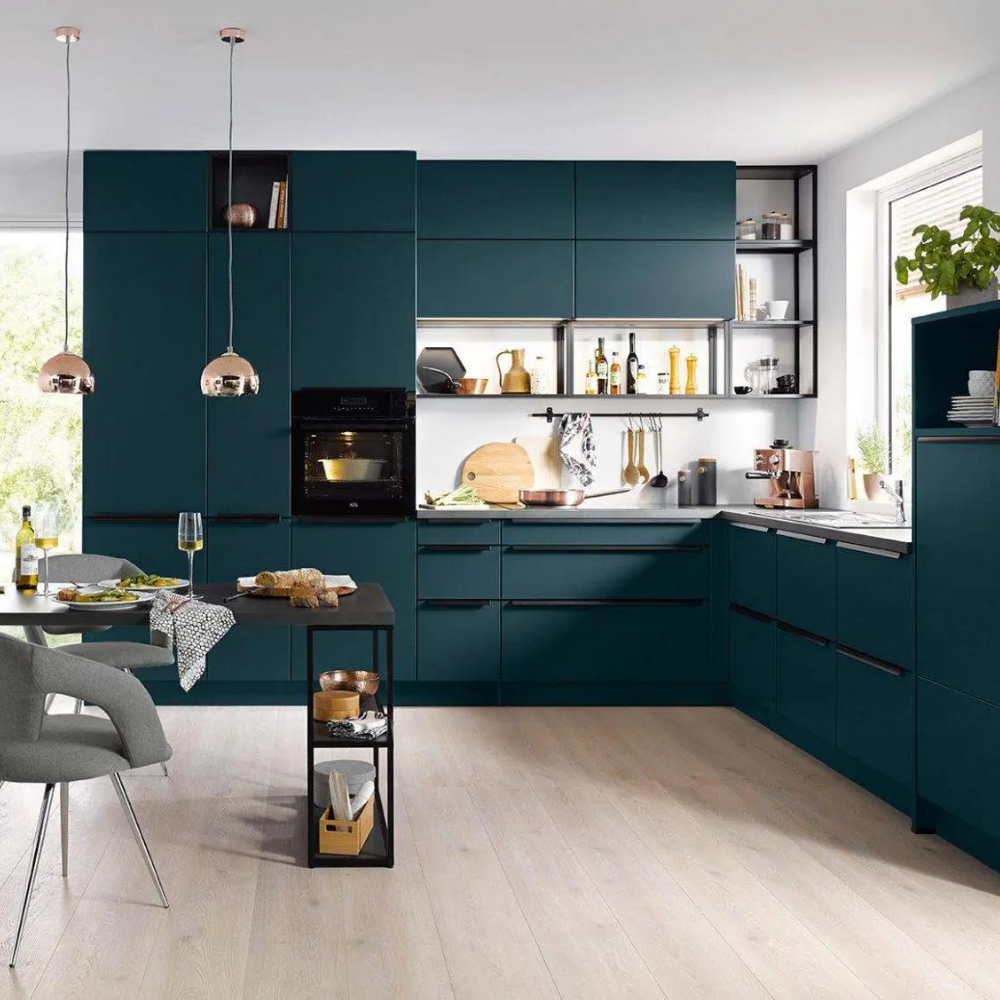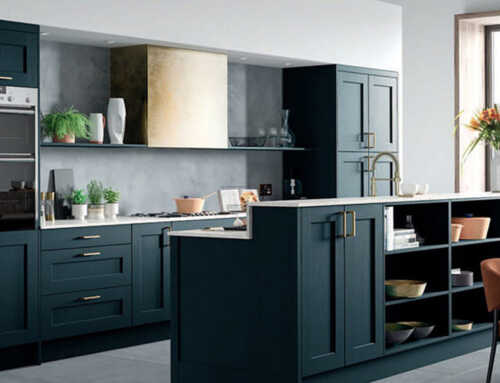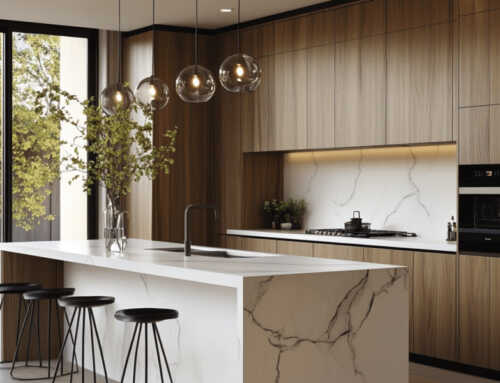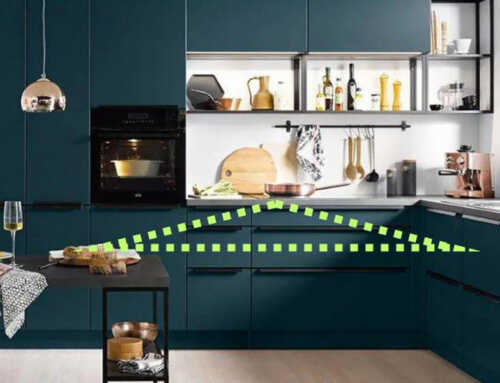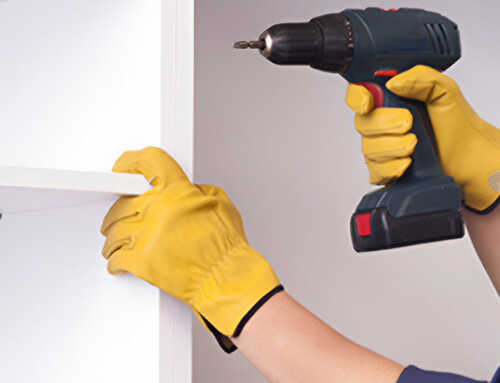A well-designed and expertly installed kitchen can transform your home, making it a space where you enjoy preparing meals, entertaining guests, and connecting with family. A stylish, functional kitchen is a joy to use and adds significant value to your property.
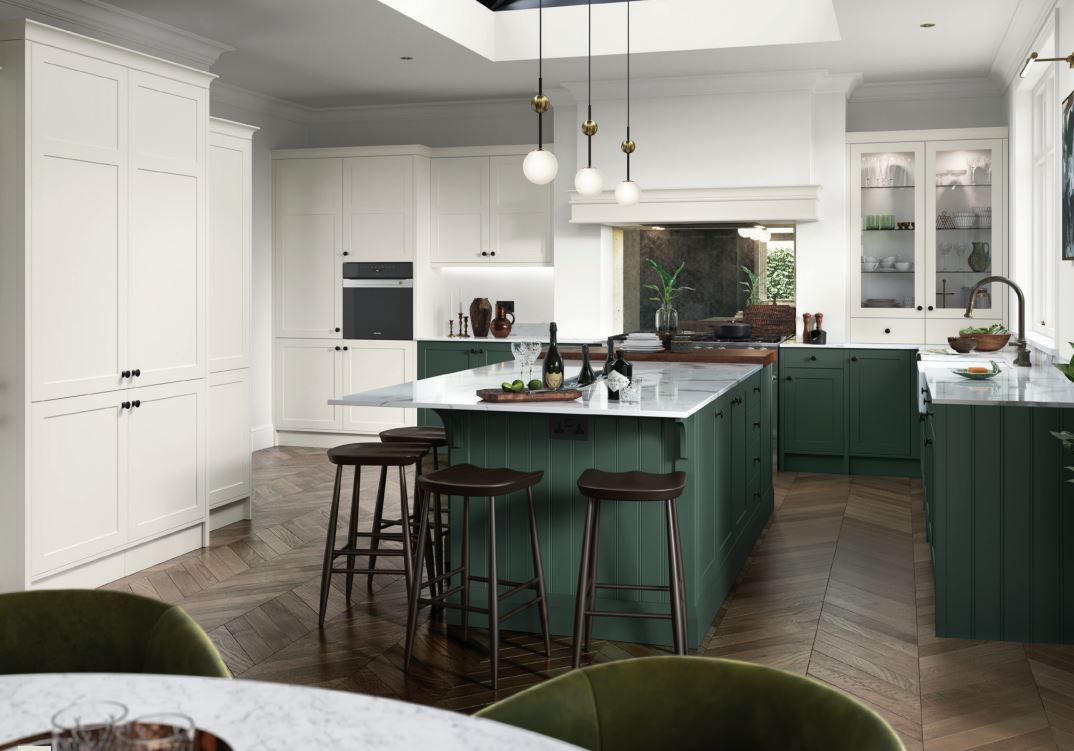
Bespoke Kitchen Design
A. Assessing Your Needs and Preferences
Start by considering how you use your kitchen daily.
Do you enjoy cooking elaborate meals or prefer quick, easy-to-prepare dishes? Do you need ample storage for various kitchen gadgets or just the essentials?
Consider your entertaining habits, the size of your household, and your personal style preferences. This self-reflection will help you create a tailor-made kitchen that suits your lifestyle and tastes.
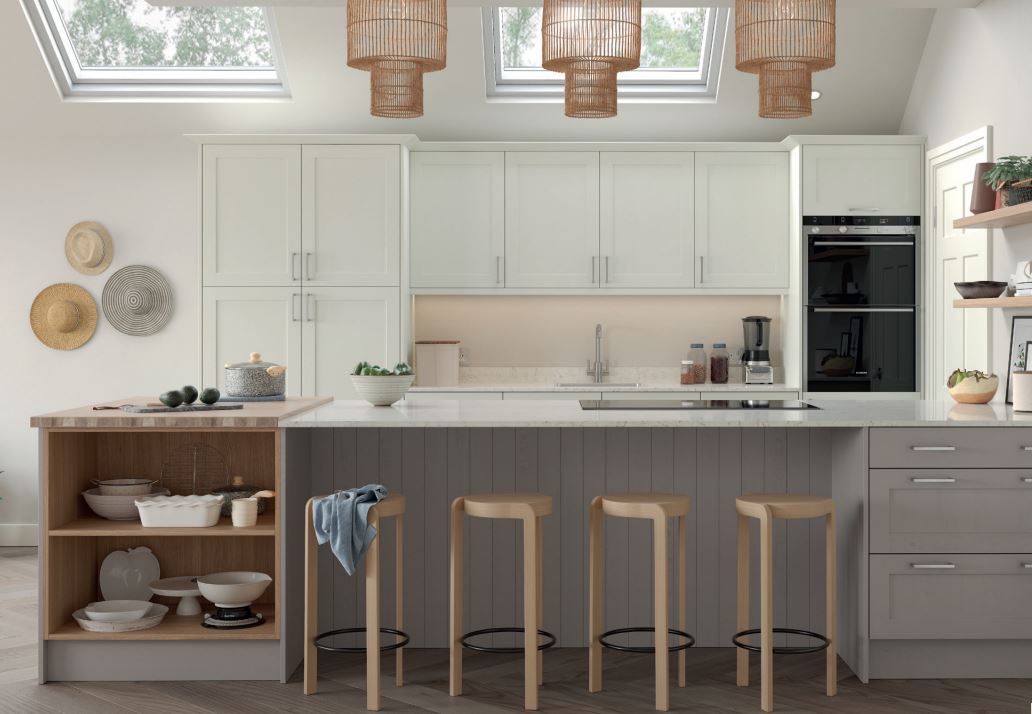
B. Working with a Professional Kitchen Designer
C. Layout Planning and Optimising Space

Positioning these appliances to minimise the distance between them will create a more ergonomic and efficient workflow. Additionally, incorporate storage solutions, such as pull-out pantries or corner cabinets, to make the most of every square inch of your kitchen.
D. Choosing the Right Style and Materials

Perhaps you’re drawn to the warmth and character of a farmhouse-style kitchen, or the sleek lines of a modern design are more your cup of tea.

Once you’ve settled on a style, explore various materials for cabinets, worktops, and flooring.
Fitted Kitchen Units
A. Selecting the Best Cabinets for Your Kitchen
Choosing suitable cabinets is essential for a well-functioning and stylish kitchen. Start by determining your storage needs and assessing the available space. Remember the importance of quality craftsmanship and materials that will stand the test of time.
B. Customisation Options
The beauty of bespoke kitchen design lies in its customisation potential. When selecting fitted kitchen units, consider tailor-made options to accommodate your requirements.
C. Kitchen Cabinet Installation Process
Once the layout is finalised, experienced installers will assemble and secure the cabinets, making any necessary adjustments along the way.
They’ll also ensure that your units are level and that doors and drawers open and close smoothly. By entrusting the installation process to skilled professionals, you’ll enjoy the peace of mind that your kitchen will look and function at its best for years.
Kitchen Worktops
A. Different Materials and Their Benefits
- Laminate: An affordable and versatile choice, laminate worktops come in various colours and patterns. They are low-maintenance and easy to clean, although they may be less resistant to heat and scratches than other materials.
- Solid wood: Offers warmth and natural charm; wooden worktops add character to any kitchen. They require regular oiling to maintain their beauty, but they can last for many years with proper care.
- Quartz: A blend of natural quartz and resin, these worktops are incredibly durable, non-porous, and resistant to stains, scratches, and heat. Available in various colours and finishes, they’re a popular choice for modern kitchens.
- Granite: This luxurious natural stone boasts unique patterns and colours. Granite is highly durable, heat-resistant, and almost entirely scratch-proof. It does require occasional sealing to maintain its stain resistance.
B. Choosing the Right Worktop for Your Needs
C. Proper Installation and Maintenance
Kitchen Appliances Installation
A. Selecting Energy-Efficient Appliances
B. Proper Placement and Installation
C. Safety and Compliance Considerations
Kitchen Tiling and Flooring Solutions
A. Choosing Suitable Materials for Walls and Floors
B. Pros and Cons of Different Types of Tiles and Flooring
C. Proper Installation and Maintenance Techniques
Kitchen Refurbishment
A. When to Consider a Kitchen Refurbishment
Deciding when to embark on a kitchen refurbishment depends on various factors, such as the age of your current kitchen, budget, and lifestyle needs.
Conclusion
A. The Importance of a Well-Executed Kitchen Installation
B. Tips for a Successful Kitchen Renovation Project
- Assess your needs and preferences before starting the project.
- Work with a professional kitchen designer to create a bespoke layout tailored to your space.
- Choose quality materials and appliances that meet your budget and lifestyle requirements.
- Pay attention to the details, such as cabinet hardware, lighting, and tiling, as they can significantly impact your kitchen’s overall look and feel.
- Invest in proper installation and maintenance to ensure the longevity of your kitchen.
